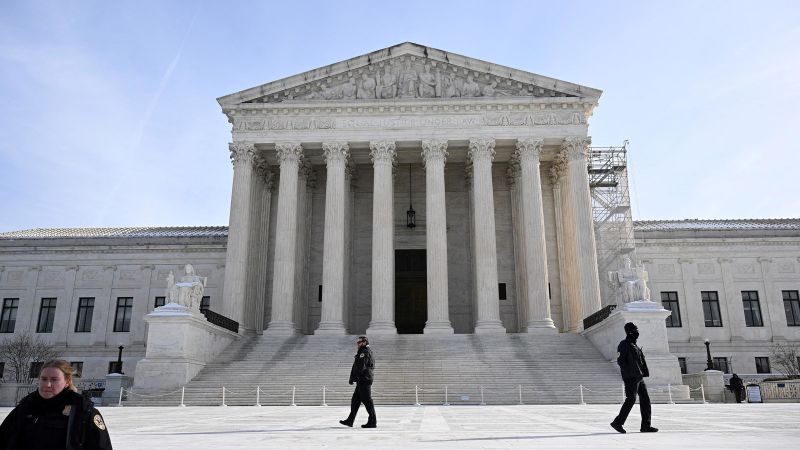Clinic Buffer Zones Survive: Supreme Court Leaves Protest Limits Intact

In a significant decision on Monday, the Supreme Court declined to review challenges to abortion clinic buffer zone regulations, effectively maintaining existing protective measures for healthcare facilities. By choosing not to hear the appeals, the Court has preserved local and state restrictions designed to create safe access zones around abortion providers.
The move signals the Court's current stance on maintaining reasonable spatial protections for medical facilities, ensuring patients and staff can enter and exit clinics without potential harassment or intimidation. These buffer zones, which typically create a designated area of limited access around clinic entrances, have been crucial in maintaining patient safety and preventing potential confrontations.
While the decision does not permanently settle the broader legal debate, it represents a temporary victory for those advocating for protected access to reproductive healthcare services. The Court's choice to let existing buffer zone regulations stand reflects the ongoing complexity of balancing free speech rights with the need to ensure safe, unobstructed access to medical care.

